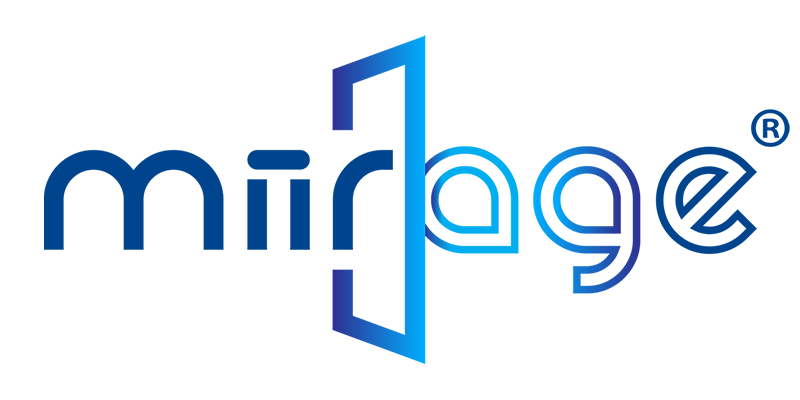Smarter Streets: How AI and Programmatic Buying Are Redefining Out-of-Home Advertising

Out-of-home advertising is undergoing a dramatic transformation. What was once a static, one-size-fits-all format is now becoming intelligent, dynamic, and highly measurable. At the heart of this shift is the fusion of programmatic media buying and AI-powered audience detection, a combination that is already redefining how brands engage with people in the physical world.
For decades, OOH has been valued for its sheer scale and visibility. A billboard in Times Square. A digital screen at a train station. A branded takeover in a shopping mall. These placements were about reach and repetition. But what they lacked was relevance. That is starting to change.
The Rise of Programmatic OOH
Programmatic out-of-home advertising refers to the automated buying and selling of digital billboard and screen space, where data and algorithms determine when and where content is shown. This allows campaigns to adapt in real time to changes in location, audience, or environmental conditions.
In 2022, programmatic digital out-of-home (pDOOH) advertising accounted for $1.4 billion in global ad spend, according to PQ Media. That figure is projected to exceed $5.5 billion by 2027. As more screens become digital and internet-connected, the flexibility of programmatic makes it possible to serve different creative messages depending on time of day, weather, traffic, or even local events. The message shown during a Monday morning commute can be completely different from what appears on a Saturday afternoon.
From Location-Based to Viewer-Based
The next frontier in OOH is not just about automating when and where ads appear. It is about changing what appears based on who is standing in front of the screen. Using advanced AI tracking and detection systems, displays can now identify characteristics of individuals or groups in real time, including age range, gender expression, mood, and estimated dwell time. Some systems can even detect device proximity using anonymous mobile signals or Wi-Fi pings.
This enables displays to react intelligently. For example, if a 30-year-old male stops in front of a store display wearing activewear, the screen could show a new range of performance trainers. If a family with children walks by moments later, the same screen can shift to a family-friendly brand message or animated content. Content becomes fluid, reactive, and tailored to who is actually present, rather than simply what time it is.
What About Privacy?
As audience detection becomes more advanced, it's important to clarify how these systems work and address common concerns around privacy and surveillance.
Modern AI-powered detection systems used in digital and out-of-home advertising do not record, store, or identify individuals. They do not use facial recognition or attempt to track specific people. Instead, they operate in real time, analysing visual signals such as estimated age range, gender expression, group size, or dwell time. This data is processed on the edge — meaning it is not saved or transmitted — and is immediately discarded after generating a response, such as changing the displayed content.
There is no collection of personally identifiable information (PII), no behavioural profiling, and no long-term data storage. The goal is to optimise content delivery based on anonymous environmental context, not to monitor or track individuals.
For property owners and advertisers, this ensures that the technology is not only effective, but also ethically and legally sound.
The Value of Relevance and Personalisation
Personalisation is not just a buzzword. According to a recent study by Nielsen, personalised digital signage can increase viewer attention by as much as 60 percent and boost ad recall by 47 percent compared to generic messaging. People engage more when they feel seen or when content matches their interests, identity, or context.
Longer dwell times, higher engagement rates, and greater likelihood of action all contribute to improved campaign performance. This makes each impression more valuable, not just in terms of media metrics but in real-world outcomes. Personalised content also increases the likelihood of social sharing and return visits, which expands impact well beyond the initial viewer.
New Economics for OOH
OOH has traditionally been priced on factors like footfall, screen size, and geographic desirability. With AI-enhanced targeting and programmatic control, advertisers can now value and purchase media based on who is likely to see it and how they behave in response.
This opens the door to more advanced metrics like impression quality, campaign lift, and real-time performance. Media owners can sell premium inventory that guarantees not just views, but views by the right people, at the right moment, with content that reacts in real time. This mirrors the sophistication of digital and mobile media buying, allowing for real-time bidding models, dynamic creative optimisation, and precise audience segmentation.
The Shift from Presence to Performance
As these technologies converge with touchless controls, gesture-based interactions, and holographic displays, the opportunity becomes even greater. A user could stop in front of a display, be detected by the system, and instantly receive a relevant experience. They could interact through gestures or voice. They might ask a question, browse options, or even make a purchase directly on the screen. This transforms the role of the display from a passive communicator to an active sales assistant.
In this model, a display is no longer just a media surface. It is a responsive, intelligent platform for engagement, information, and conversion.
Smarter Screens, Smarter Strategy
The evolution of out-of-home advertising is not just technical. It is strategic. Brands that invest in smart, adaptive OOH campaigns can expect better outcomes, more data, and richer audience connections.
As programmatic buying becomes more widespread and AI detection becomes more refined, the value of each screen in a network increases. The cost of wasted impressions decreases. And the line between advertising and experience begins to blur.
Out-of-home used to be about shouting to the masses. Now, it is about knowing who is listening, and saying the right thing at the right time.
